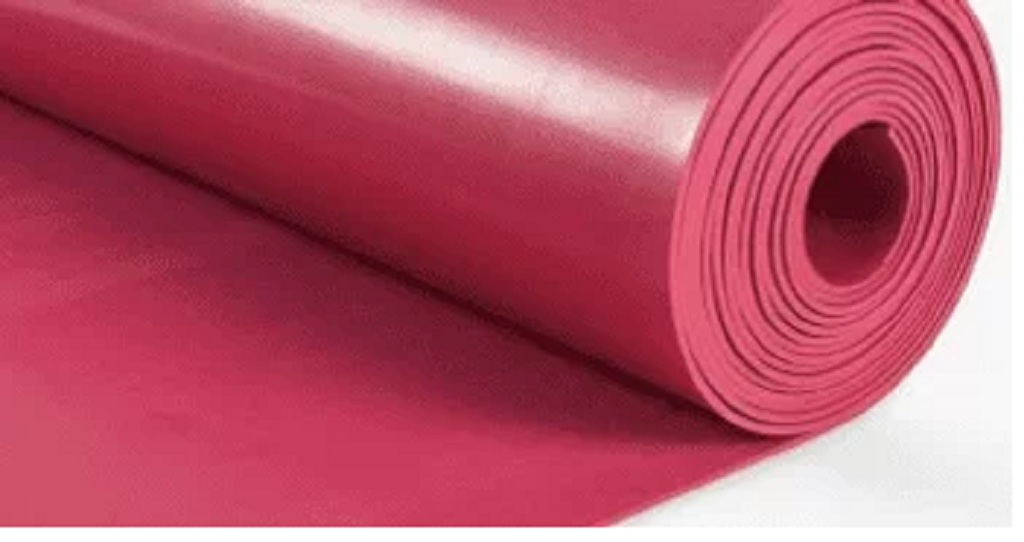In industrial operations, where machinery and equipment endure harsh conditions and constant wear and tear, the importance of protective measures cannot be overstated. One such measure, overlooked but immensely beneficial, is rubber lining. This specialised technique involves the application of rubber to various surfaces, offering a range of advantages that enhance the performance and longevity of industrial equipment.
- What is Rubber Lining?
Rubber lining is a process wherein rubber is bonded to the surface of equipment, like tanks, pipes, valves, and other machinery components, to protect against corrosion, abrasion, and chemical attack. The rubber layer acts as a barrier, shielding the underlying material from harsh environmental factors and extending its service life.
- Benefits of Rubber Lining
Experience the transformative benefits of rubber lining and safeguard your valuable assets for enhanced durability and efficiency. Below are the highlighted benefits of the rubber lining:
- Enhanced Durability and Longevity
The primary benefit of rubber lining is it can extend the lifespan of industrial equipment. By creating a protective barrier between the equipment surface and corrosive substances or abrasive materials, rubber lining prevents degradation and deterioration. This results in reduced maintenance requirements and downtime, leading to cost savings for industrial operators.
2. Corrosion Resistance
Corrosion is a challenge faced by industrial equipment in industries dealing with chemicals, mining, and wastewater treatment. Rubber lining provides an effective solution to this problem by creating a corrosion-resistant barrier that withstands the corrosive effects of acids, alkalis, and other corrosive substances. This protects the equipment and ensures the integrity of the products and materials being processed, maintaining quality standards.
3. Abrasion Protection
In industries where abrasion is a prevalent issue, like mining, material handling, and transportation, rubber lining offers invaluable protection against wear and tear. Rubber’s resilient nature allows it to absorb impact and friction, reducing the risk of surface damage and prolonging the lifespan of equipment components. This is beneficial for applications involving handling abrasive materials, like sand, gravel, and ores, where conventional materials may quickly degrade.
4. Chemical Resistance
Industrial processes involve handling various chemicals, which can be highly corrosive and damaging to equipment surfaces. Rubber lining provides excellent chemical resistance, making it suitable for applications with common exposure to acids, solvents, and other corrosive substances. This versatility allows for using rubber-lined equipment in a wide range of industries, including chemical processing, petrochemicals, and pharmaceuticals, where maintaining the equipment’s integrity is important.
5. Flexibility and Adaptability
Rubber lining offers flexibility in design and application, allowing it to conform to the contours of complex shapes and structures. This versatility makes it suitable for lining equipment of various sizes and configurations, including tanks, vessels, and piping systems. Rubber lining can be customised to meet specific requirements, like temperature resistance, conductivity, and anti-static properties, ensuring optimal performance in diverse operating conditions.
6. Noise Reduction
Beyond its protective properties, rubber lining contributes to a quieter and more comfortable working environment. Rubber’s damping characteristics help absorb vibrations and reduce noise generated by equipment operation, leading to a quieter workplace and improved occupational safety for personnel working near machinery.
7. Environmental Benefits
Rubber lining offers environmental benefits by reducing the need for frequent equipment replacement and maintenance. By extending the lifespan of industrial equipment, rubber lining helps minimise waste generation and resource consumption, promoting sustainability and reducing the environmental impact of industrial operations. Rubber lining can help prevent leaks and spills, minimising the risk of environmental contamination and ensuring compliance with regulatory standards.
By comprehending its advantages, like corrosion resistance, abrasion protection, and chemical resilience, businesses can make informed decisions regarding equipment maintenance, investment, and operational efficiency. This knowledge empowers industrial stakeholders to mitigate risks, reduce downtime, and prolong the lifespan of critical assets, leading to improved productivity and cost savings.
- Conclusion
Rubber lining is a highly effective solution for enhancing the performance and durability of industrial equipment across various industries. Its ability to provide corrosion resistance, abrasion protection, and chemical resistance makes it indispensable for applications where equipment reliability and longevity are important. By investing in rubber lining, industrial operators can realise cost savings, improve operational efficiency, and ensure the safety and integrity of their facilities. As industries evolve and face new challenges, rubber lining remains a valuable tool for overcoming obstacles and maximising the lifespan and performance of critical equipment.
With its myriad benefits and proven track record, rubber lining stands as a testament to the ingenuity and innovation driving advancements in industrial technology. As industries strive to achieve greater efficiency, sustainability, and reliability, rubber lining remains a cornerstone of modern engineering, offering a reliable and cost-effective solution for protecting and preserving valuable assets in the face of adversity.


